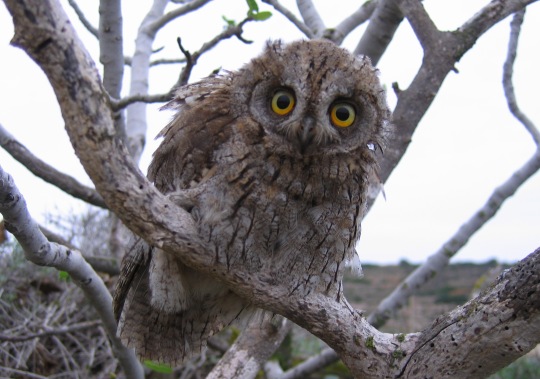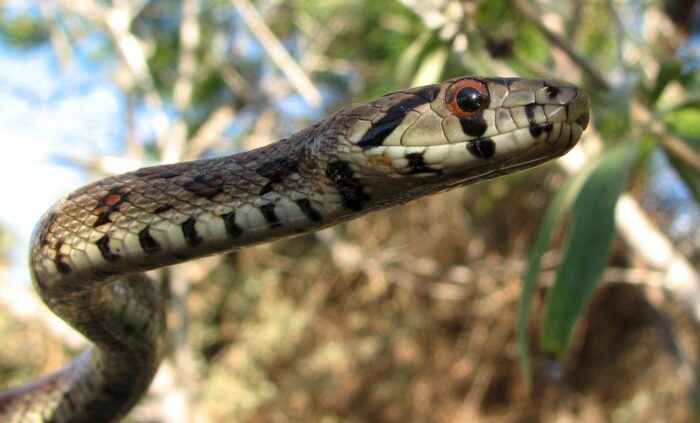We believe that even without plastic decorations and zombies, Halloween can be spooky. How? Read below!
Keep it nature-friendly
This year we are inviting our members to join us in trying to make our Halloween plans as environmentally friendly as possible!
Some easy tips to keep it green!
- Try and reduce plastic packaging wherever you can. Choose sweets with as little plastic packaging as possible. If you really want to be a friend to the planet, you can make your own tasty treats instead!
- Making your own decorations and costumes and reusing materials wherever possible is a great way to keep Halloween green! Making costumes with your friends and family is also a lovely way to get creative and have some fun.
- If you are carving a pumpkin this year, be sure to use your leftover pumpkin to make delicious meals. Pumpkin soups, roasts and even sweet treats really bring autumn to mind, embrace this wonderful vegetable and get creative. Some pumpkin recipes can be found using this link, but we’re sure you’ve all got your favourite family recipes!
Halloween craft
How about having a go at making your own Halloween Decorations?! This can be a really fun activity and encourages the use of more sustainable materials like paper, string and cotton instead of plastic. It can also be a lot cheaper for mum and dad. We love the idea of reusing your recycled tin cans and glass jars to make these adorable mummy lanterns and tin can ghosts.
Malta’s cast of Halloween characters
Baħrija tal-leblieb – African Death’s Head Hawkmoth, Acherontia atropos
Some characteristics that identify this wonderful species are the moth’s large size, with mottled brown fore wings and orange hind wings. These large powerful wings allow this species to fly over great distances. The moth also emits a distinctive, loud ‘chirp’ when irritated… a strange thing to hear in the dead of night! This large moth is a rare sight as it often only flies very late in the evening.
An easy way to recognize this moth is the shape of a human skull that can be seen on the moth’s thorax. This species genus name Acherontia is derived from the river Acheron, flowing from the river Styx which in Greek mythology was a boundary and passage to Hades underworld. Adult readers might also recognize the moth from the cover of the 1991 Silence of the Lambs, but the moth has featured in many stories as a dark omen.
Kokka – Scops Owl, Otus Scops
Another nocturnal visitor to our islands, the Scops Owl comes to Malta during spring and autumn. This species can be found living amongst the older trees of the island as it favours tree holes and hollows as its home. Almost invisible in the day, due to its spectacular camouflage, this species is most often found by following its eerie hoot, which sounds like a deep whistle.
This owl is feared by many native Maltese species, as it preys on everything from cicadas to frogs and mice. Its large talons, keen eyesight and even keener hearing make night time in the fields and woods a frightening place for many smaller animals.
If you’re brave enough to visit Buskett in the dark, you might stand a chance of running into this bird of the night. Although be warned, it will see you coming long before you see it!
Lifgħa – Leopard Snake, Zamenis situla
The Leopard Snake or European Ratsnake is a non-venomous species of snake that is native to the Maltese Islands. This elusive snake is beautifully patterned with reddish orange and black spots, similar to its mammalian namesake the Leopard.
This snake is a real privilege to see in the wild. At BirdLife we are always on the look-out for this species at events, as a sighting of it can be a very memorable experience!
In folklore snakes are often given huge symbolic meaning and can be found as important symbols in many stories and artifacts from the past. Snakes have woven their way into many of the most remembered myths and legends of the Greeks, Romans, ancient Hindus and Egyptians.
Brimba kbira tal-widien – Lobed Argiope spider, Argiope lobate
Arachnophobia is defined as “The unreasonable fear of spiders”.
Maybe it’s the eight eyes… Maybe it’s the eight legs… Maybe it’s the webs… Maybe it’s the poisonous exotic species… Maybe it is the variety of spiders, and the diversity of form and colours… Whatever it is, many of us are unreasonably scared of spiders.
The Lobed argiope is certainly a ‘startling’ spider. The large size, jagged edges of the body and bright yellow, white and black coloration is certainly very eye-catching. This species belongs to the Orb Web spiders, which are distinctive for their very strong and large webs, which can be up to two meters across if owned by a large spider.
Whatever your view on spiders, humans are undeniably drawn to their eccentric characteristics. Their incredible ability to create silk from their abdomens sets them apart just as much as their eight legs do. Maybe it’s the juxtaposition that something as delicate and beautiful as a spider’s web can be made by a creature that most would say is ‘not pretty’. It could be this contrast as well as their ‘alien’ quality that has created spider characters in such a variety of stories. From Ovid’s Metamorphoses, to Tolkein’s The Hobbit, Charlotte’s Web and the Marvel Spiderman comics. They have found their way into our imaginations.
Activity
How about a quick night walk? As the sun heads towards the horizon and day becomes dusk, head out and look up. Almost all of the archipelago is home to our resident bats which roost in the countryside and in the city alike. The number of bats at dusk can sometimes be a real spectacle, and watching them fly about with such precision and agility always makes me smile. 🙂
By Angus Wilkinson, BirdLife Malta Education Assistant





